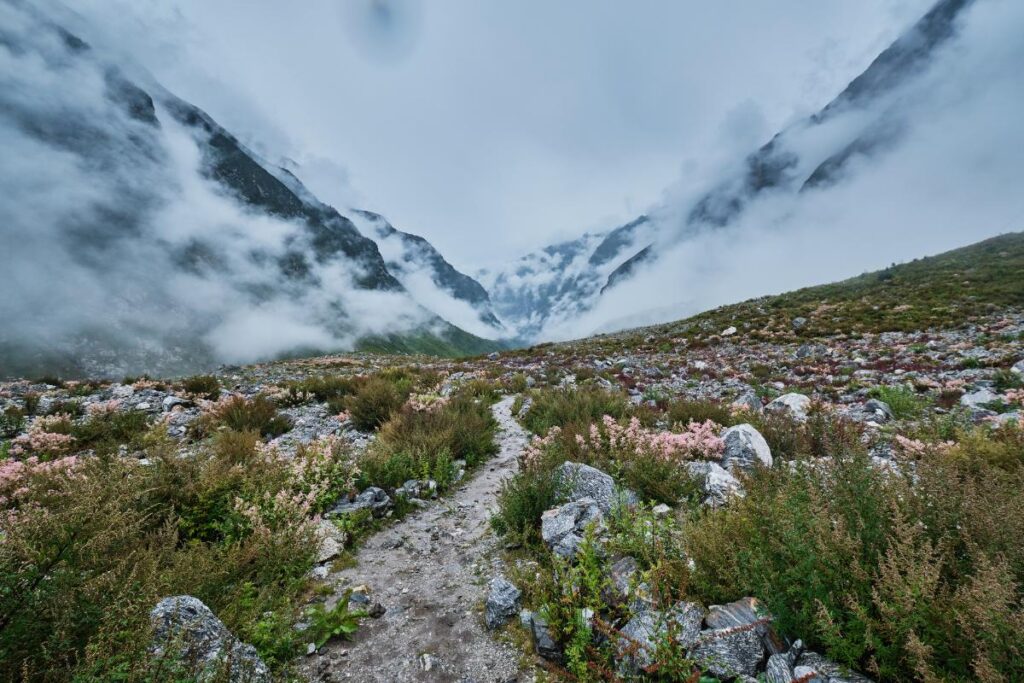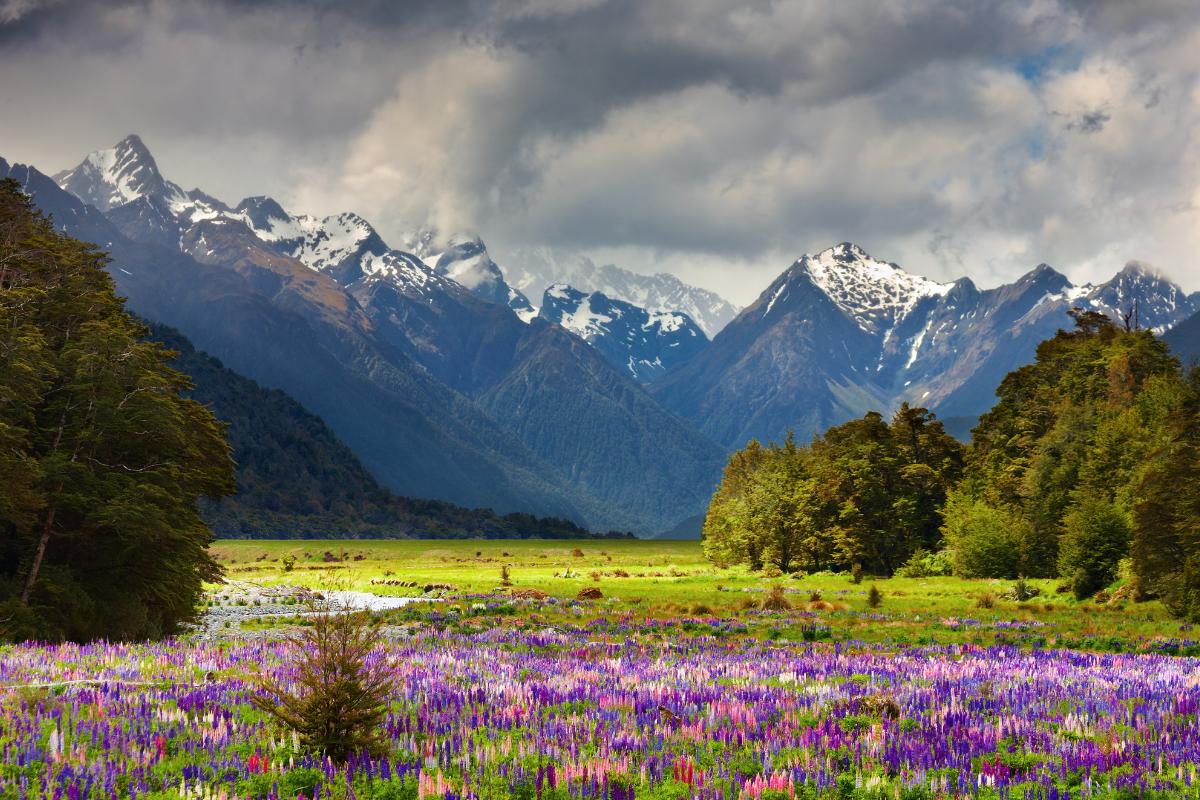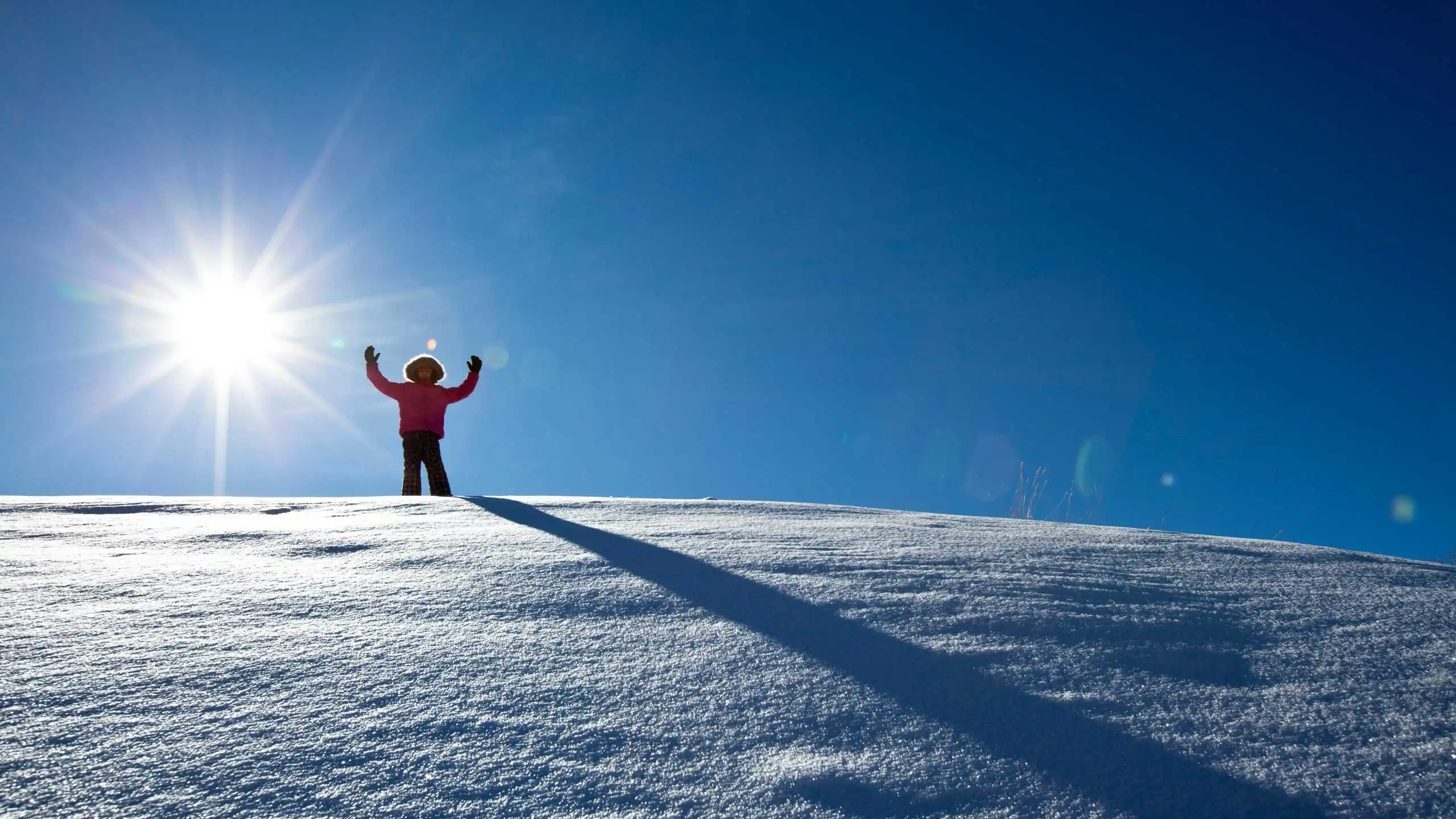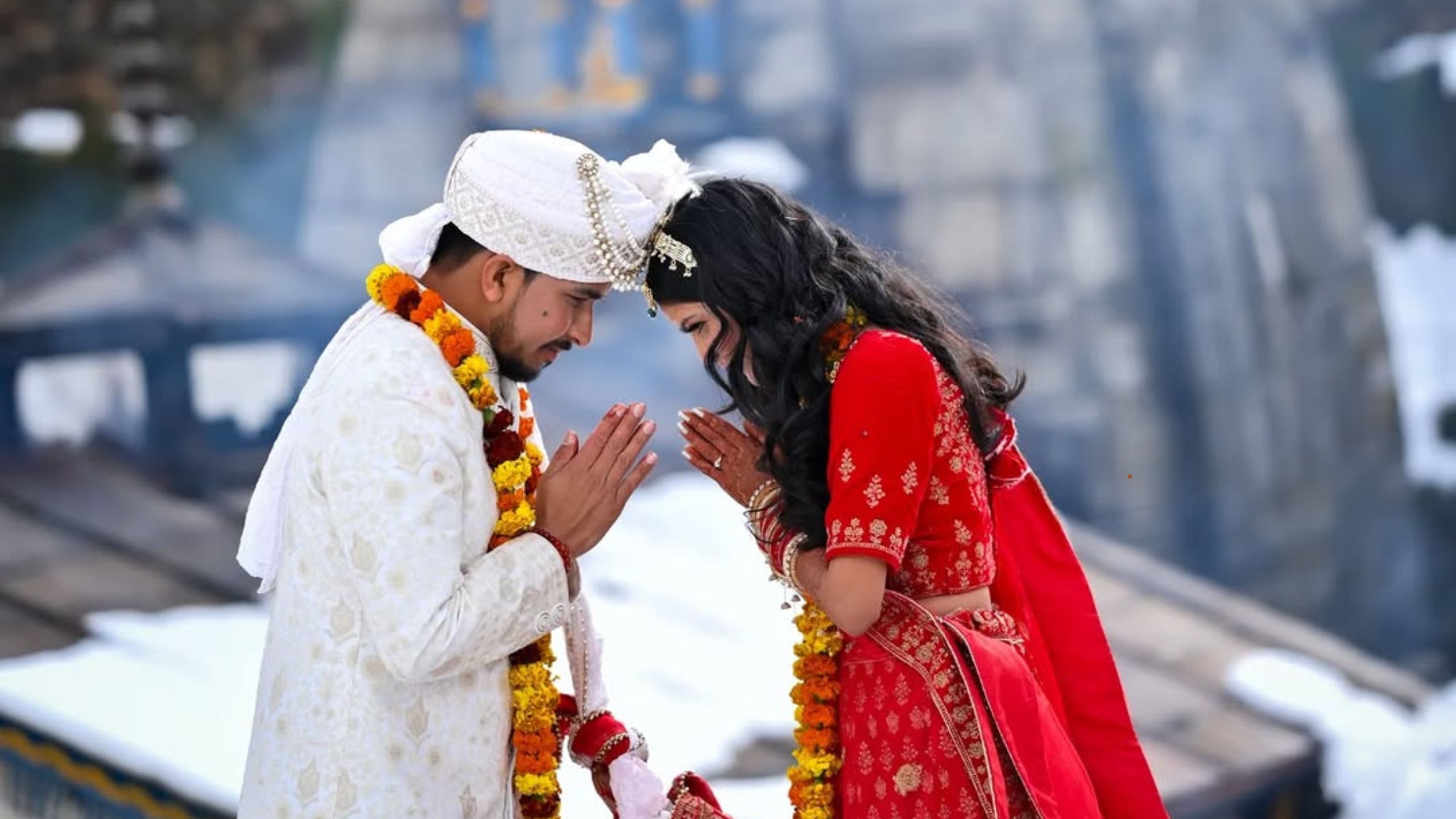Valley of Flowers 2025 Opening Dates: Everything You Need to Know
The Valley of Flowers, a visual paradise situated in the Chamoli district, has welcomed visitors since Sunday, June 1. Cradled in the embrace of the Himalayas, Uttarakhand is a region of unmatched splendor. It’s no surprise that adventurers seeking a connection with nature select this locale for a peaceful getaway. If you’re considering a Uttarakhand escape to relieve the sweltering summer heat, you’re fortunate.
The Valley of Flowers, a visual paradise located in Chamoli district, opened its doors to guests starting Sunday, June 1. On the inaugural day, the forest department greeted 62 tourists who registered for their adventure.
Essentials to Know About The Valley of Flowers:
Home to over 300 varieties of Himalayan blooms, the Valley of Flowers National Park is recognized as a UNESCO World Heritage Site. Established in 1982, this destination provides travelers with stunning panoramic views of verdant fields adorned with endemic alpine blossoms. Surrounded by towering snow-covered peaks, the valley feels like a slice of heaven.
Uttarakhand’s Valley Of Flowers Is Now Welcoming Tourists: Discover the Top Activities Available. The Valley of Flowers is a sanctuary for several rare medicinal plants.
Cradled in the embrace of the Himalayas, Uttarakhand is a region of unmatched splendor. It’s no surprise that adventurers seeking a connection with nature select this locale for a peaceful getaway. If you’re considering a Uttarakhand escape to relieve the sweltering summer heat, you’re fortunate. The Valley of Flowers, a visual paradise located in Chamoli district, opened its doors to guests starting Sunday, June 1. The forest department greeted 62 tourists who registered for their adventure.
Flora And Fauna
The Valley of Flowers hosts an array of rare medicinal flora such as A. Falconeri, Aconitum heterophyllum, Arnebia benthamii, Megacarpaea polyandra, and Taxus wallichiana, among others. Various high-altitude plant species in this area consist of gymnosperms, pteridophytes, and angiosperms. A colorful array of blossoms blankets the green pastures, including poppies, marigolds, daisies, orchids, lilies, primulas, geraniums, calendulas, and sedums. The vibrant rhododendrons also provide a delightful burst of color.
When considering wildlife, the Valley of Flowers is home to numerous rare and endangered species. Common sights include grey langurs, red foxes, black bears, Himalayan weasels, flying squirrels, Himalayan musk deer, and Himalayan goral. The valley is also alive with various butterfly species, birds, and a handful of reptiles.
Valley of Flowers 2025
Each year, the Valley of Flowers welcomes visitors starting June 1 and closes on October 4. However, the final decision lies with the forest department.
Best Time To Visit
The ideal time for a visit is between July and September, when the valley blossoms into a floral wonderland.
Things To Do
1. Trekking
This moderately challenging trek begins and concludes at Govindghat, with the base camp positioned in Ghangaria. Trekkers can opt for overnight stays in guesthouses or tents. During your uphill trek, you will traverse dense forests and follow the winding Pushpawati River. Along the way, prepare to cross numerous bridges and discover cascading waterfalls.
2. Hemkund Sahib
This religious site is among the most esteemed gurudwaras in Uttarakhand. The shrine is nestled amidst the snow-capped Garhwal mountains and Hemkund Parvat.
3. Rural Hamlets
Exploring Ghangaria is essential, as it is the last inhabited village along your trek to the Valley of Flowers. You can stroll through the village and observe the traditional lifestyles of the locals. Ghangaria is located at the junction of the River Pushpawati and River Hemganga. The Bhyundar Khal Village is another notable destination worth visiting.
Important Travel Tips

Also Read: Perfect 7-Day Itinerary for Exploring Uttarakhand
Permit Required: Access to the valley is controlled. Visitors need to register and pay a modest fee at the Ghangaria check post.
Plastic-Free Zone: The Valley is an environmentally sensitive area. Bring reusable water bottles and refrain from littering.
No Camping Inside the Valley: Overnight stays within the park are not allowed.
Fitness Preparation: Engage in light cardio several weeks prior to your trek to boost your stamina.
Guides Available: Although the path is well-marked, local guides can enrich your visit with historical and botanical knowledge.
Final Thoughts
If you cherish nature, mountains, or simply seek relief from the hustle and bustle of city life, the Valley of Flowers in 2025 guarantees a revitalizing journey. With its rich biodiversity, peaceful atmosphere, and spiritual aura, this Himalayan jewel stands as one of India’s most magnificent wonders.






